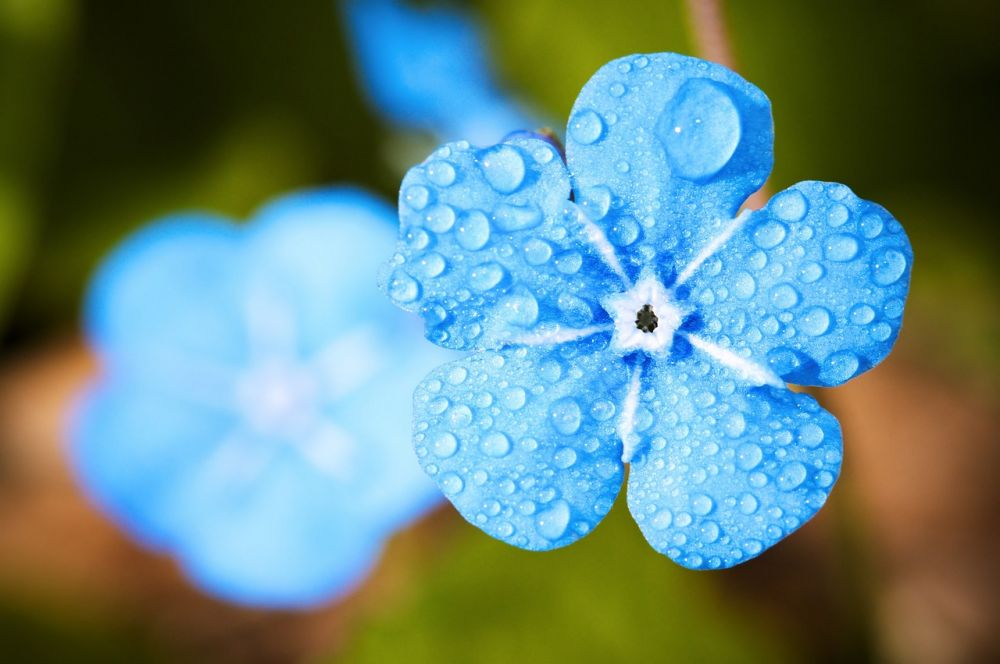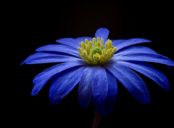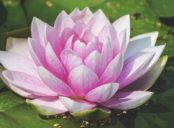Pinata Palettblad – Natures Colorful Masterpiece

Introduction:
Pinata Palettblad, also known as Calathea, is a breathtaking plant that has captured the hearts of gardening enthusiasts around the world. With its vibrant and intricate foliage, it adds a touch of beauty and elegance to any space. In this article, we will take a deep dive into the world of Pinata Palettblad, exploring its different types, popular varieties, quantitative measurements, differences among various species, and even a historical overview of its advantages and disadvantages.
An Overview of Pinata Palettblad

Pinata Palettblad belongs to the Marantaceae family and is native to the tropical regions of Central and South America. This plant is loved for its stunning leaves, which come in various shapes and patterns. The foliage of Pinata Palettblad often features vibrant colors such as deep greens, purples, pinks, and yellows. Additionally, the intricate patterns on its leaves, resembling brush strokes or pinatas, give this plant a unique and artistic appeal.
A Comprehensive Presentation of Pinata Palettblad
There are several types of Pinata Palettblad, each with its own distinct characteristics. Some popular varieties include:
1. Calathea Roseopicta:
– Known for its deep green, glossy leaves with pink stripes.
– Requires medium to bright indirect light and humid conditions.
– An ideal choice for adding a touch of elegance to any indoor space.
2. Calathea Orbifolia:
– Characterized by its large, round leaves with silver-gray stripes.
– Thrives in bright, indirect light and well-drained soil.
– A statement piece that adds a modern touch to any room.
3. Calathea Lancifolia:
– Recognizable by its elongated leaves with dark green and silver patterns.
– Prefers bright, indirect light and high humidity.
– A popular choice for those seeking a tropical ambiance in their homes.
Quantitative Measurements of Pinata Palettblad
To truly understand the beauty and uniqueness of Pinata Palettblad, let’s delve into some quantitative measurements:
1. Leaf size and shape:
– Measured in diameter or length to determine the plant’s growth potential.
– Ranges from small, delicate leaves to large, eye-catching foliage.
2. Leaf color and patterns:
– Quantified using spectrophotometry to capture the exact hues and patterns.
– Provides insight into the variations and intensity of colors across different species.
3. Growth rate:
– Calculated by measuring the increase in plant height or leaf count over a specific period.
– Gives an indication of how quickly the Pinata Palettblad will fill out and reach maturity.
Exploring the Differences Among Pinata Palettblad Species
While all Pinata Palettblad species share a common beauty, they also exhibit certain differences. These variations can be observed in:
1. Leaf shape and texture:
– Some species have round leaves, while others have elongated or ovate-shaped leaves.
– Leaf texture varies from smooth to lightly textured or even velvety.
2. Color patterns:
– Different species showcase a wide array of color combinations, including contrasting stripes, spots, and marbled patterns.
– These variations provide endless possibilities for creating unique displays.
3. Light and humidity requirements:
– Certain Pinata Palettblad species thrive in bright, indirect light, while others prefer lower light conditions.
– Humidity preferences range from moderate to high, influencing the choice of growing environment.
A Historical Overview of Advantages and Disadvantages
Pinata Palettblad has a rich history, both in terms of its advantages and disadvantages:
Advantages:
– Its striking foliage makes it a captivating addition to any indoor or outdoor setting.
– Pinata Palettblad is known for its air-purifying properties, enhancing the overall air quality in your space.
– With proper care, this plant can live for years, becoming a long-lasting companion.
Disadvantages:
– Pinata Palettblad requires specific care conditions, including high humidity levels and filtered light, making it a bit challenging for beginners.
– Some species can be sensitive to temperature fluctuations or neglect, leading to leaf damage or drooping.
Conclusion:
In conclusion, Pinata Palettblad is a nature’s masterpiece, offering a breathtaking display of colors and patterns. From its diverse species to its historical significance, this plant is a true gem for both experienced and passionate gardeners. So, whether you are looking to add a touch of elegance to your living room or create a tropical paradise in your garden, Pinata Palettblad is sure to satisfy your desires for a mesmerizing plant companion.





















